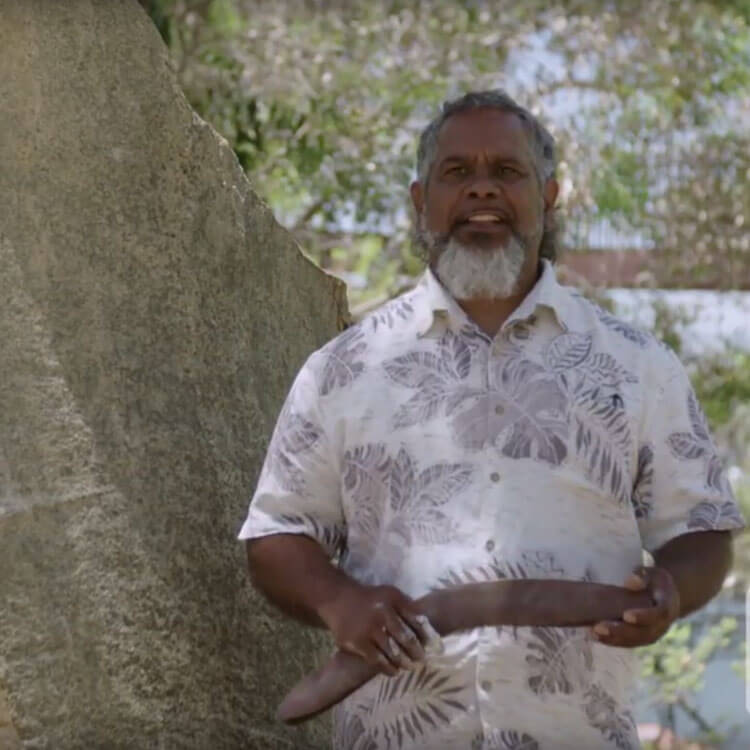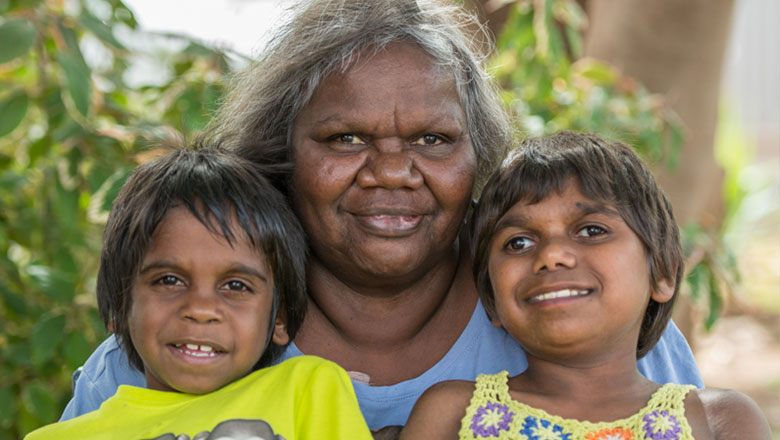Search

News & Events
Video: Aboriginal AsthmaWadjuk Nyungar man Walter McGuire talks about the importance of air quality to our health.

News & Events
Alcohol restrictions a powerful tool for communitiesThere is growing evidence that alcohol restrictions are effective in empowering communities to reduce the immediate and long term impacts of alcohol.

News & Events
Exploring resilience as a pathway to Aboriginal young people's healthCan resilience improve health outcomes in Aboriginal young people? That question will be explored by The Kids Research Institute Australia researcher Clair Scrine.

News & Events
Folate success helps Aboriginal kidsMore than 30 years of research into the links between folate and neural tube defects has paid off for The Kids Research Institute Australia researcher Professor Carol Bower.
News & Events
Social disadvantage underpins children's poor healthThe impact of death, separation and divorce is having a profound impact on the lives of Aboriginal children.
Research
Pediatric hospital admissions in Indigenous children: A population-based study in remote AustraliaWe analysed hospital admissions of a predominantly Aboriginal cohort of children in the remote Fitzroy Valley in Western Australia during their first 7 years.
Research
The valuing of upstream approaches across the lifecourse. Fact Sheet 2 for the Aboriginal and Torres Strait Islander Suicide Prevention Evaluation ProjectThis factsheet highlights the need for a greater understanding of the importance of constructive & preventive ‘upstream’ approaches & sustained investment in...
Research
Prevalence and patterns of alcohol use in pregnancy in remote Western Australian communities: The Lililwan ProjectAlcohol use in pregnancy is thought to be common in remote Australian communities, but no population-based data are available.
Research
Diversity of Nontypeable Haemophilus influenzae strains colonizing Australian Aboriginal and non-Aboriginal childrenNontypeable Haemophilus influenzae (NTHI) strains are responsible for respiratory-related infections which cause a significant burden of disease in...
Research
Short-course oral co-trimoxazole versus intramuscular benzathine benzylpenicillin for impetigo in a highly endemic regionThe major burden of disease is in developing and tropical settings where topical antibiotics are impractical and lead to rapid emergence of antimicrobial...
